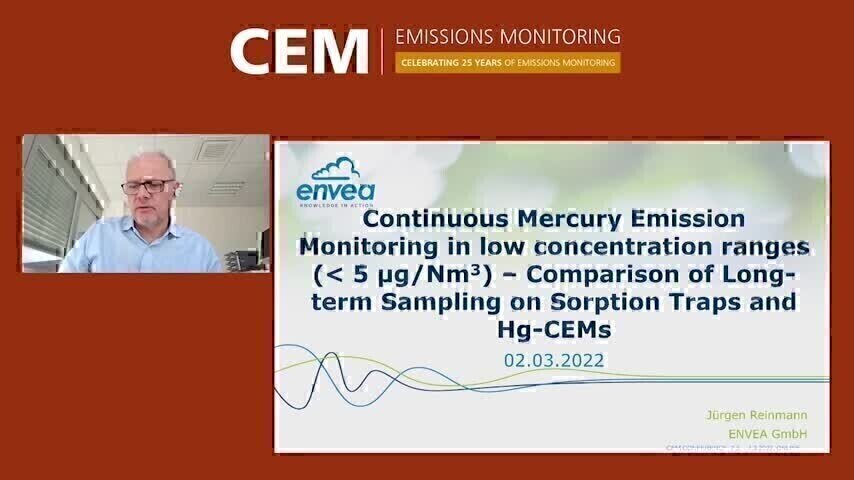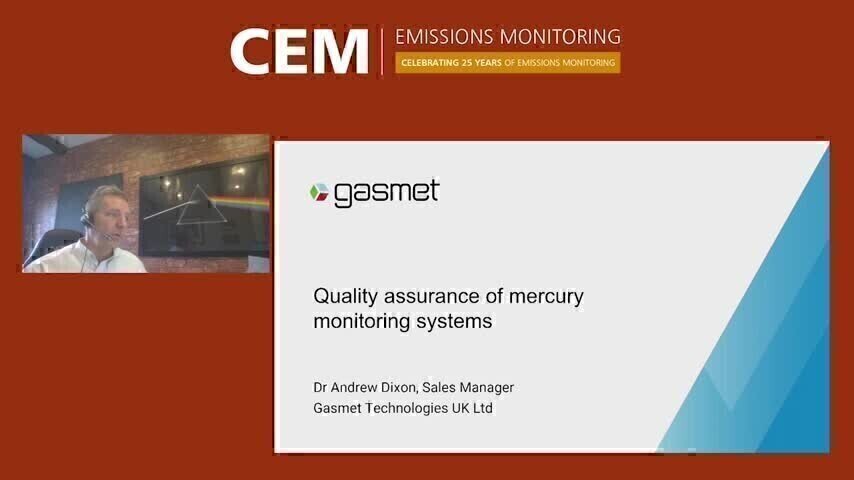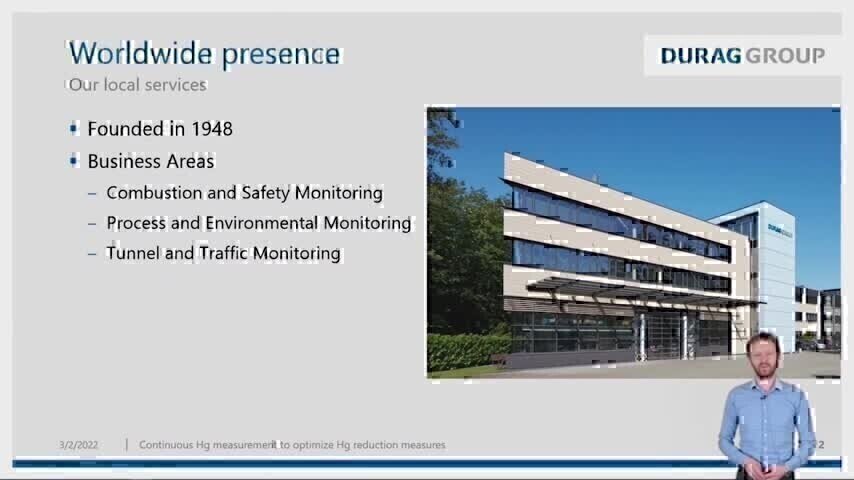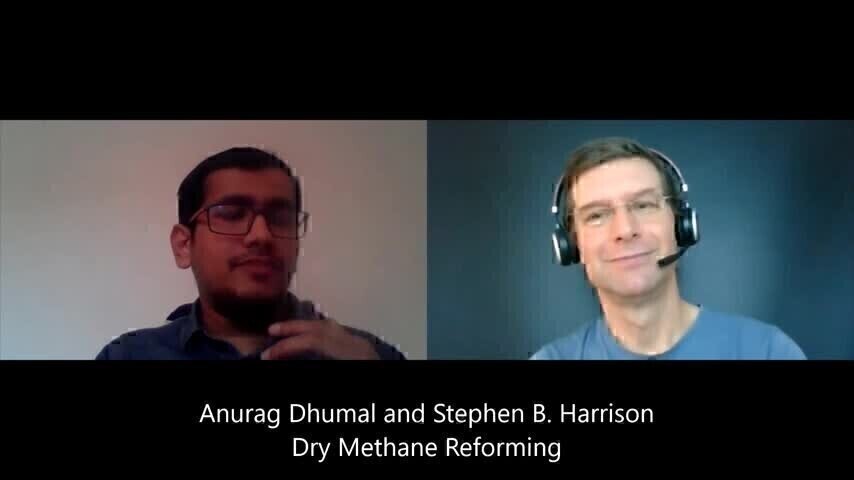E-Learning
Videos
Past Events
Organic load is one of the most important parameters for discharge control of municipal and industrial wastewater. Permissible limits are guided through regulations and must be monitored accordingly. However, further opportunity to optimize plant performance exists by monitoring organic loading in upstream treatment processes. The use of on-line controls allows limit values to be adhered to, products to be saved, and plants to be protected against unforeseen events. Total Organic Carbon (T...
Methane emissions are responsible for about 25% of current global warming and the oil and gas sector is one of the largest anthropogenic sources of methane. The IPCC, in its “Special Report on Global Warming of 1.5 degrees”, noted that emissions of Short-Lived Climate Pollutants like methane and black carbon need to be reduced by 35% or more by 2050 to stay below the 1.5 degrees target, while the International Energy Agency identified upstream methane emissions as one of the most importan...
Switching from coal-fired to gas-fired electricity generation is a way to reduce carbon dioxide emissions, as life cycle emissions of CO2 are less from gas power stations than coal. However, if methane emissions are also considered, the picture becomes less clear-cut, as the literature shows a large variability in upstream fugitive methane emissions. In some cases, there may be more upstream methane emissions from gas-fired electricity generation, however this does not overwhelm the benefits...
In-situ measurement of emissions (such as methane and ethane) from offshore oil and gas platforms is difficult, and limited, due to logistical problems. However, information about such emissions is vital to both the oil and gas industry and environmental monitors. In context, the energy supply sector was responsible for 11% of the UK's methane emissions in 2016. Starting with the Elgin uncontrolled leak in 2012, the UK National Centre for Atmospheric Science (NCAS) has made repeated airbor...
If you're looking for professional advice on methane analysis by means of an open-path laser-absorption spectrometer or a mid-infrared tunable-diode laser spectroscope, follow the links for the relevant e-Learnings. Similarly, if you're in need of information on hyperspectral infra-red imaging for any-state methane, take a look at Jean-Phillipe Gagnon of Telops Inc.'s lecture on the topic. Finally, click through to find an overview of new sensor technologies for methane analysis....
Aggressive reductions of oil and gas sector methane, a potent greenhouse gas, have been proposed in Canada. Few large-scale measurement studies have been conducted to confirm a baseline. This study used a vehicle-based gas monitoring system to measure fugitive and vented gas emissions across Lloydminster (heavy oil), Peace River (heavy oil/bitumen), and Medicine Hat (conventional gas) developments in Alberta, Canada. Four gases (CO2, CH4, H2S, C2H6), and isotopic 13CCH4 were recorded in real-...
TOTAL and CNRS (1) through the AUSEA (2) project, developed a CO2 & CH4 sensor embarked on drone in the aim at measuring GHG (3) emissions of TOTAL's industrial operation. The sensor is a high-performance multi-gas spectrometer developed by GSMA (4) for monitoring of atmospheric concentration of GHG. Tough challenges are overcome to made it embarked on a drone: weight reduction, perturbation management, soil/air communication. For emission calculation, advanced algorithms have been developed...
Methane emissions are increasingly meaningful in public debates for political, administrative, and public stakeholders and can have significant impact on the future of natural gas. The different approaches for emission estimation in place cause difficulties to identify the methane emissions in the countries correctly and put the gas industry in a difficult situation. The GERG project MEEM (finished in July 2018) developed a methane emission estimation method for the gas distribution grid whic...
Methane is produced during anaerobic digestion in biogas plants. As methane is a very effective greenhouse gas, emissions should be avoided as far as possible, in order to ensure a clean and environmentally friendly operation. The project ""EvEmBi - Evaluation and reduction of methane emission from different biogas plant concepts"" (funded within the 11th ERA-NET bioenergy call) started in April 2018. The project is based on the findings from the previous project ""MetHarmo - European harm...
If you'd like a survey of atmospheric methane at a regional level, click to reveal a more relevant e-Learning. Similarly, for a broader perspective on the identification and validation of methane sources, follow the link. Methane escape from natural gas distribution systems results not only in global warming, but also in economic loss. An estimate from the Boston region implies a financial damage of $90 million as about 15 billion cubic feet of natural gas escape from the distribution...
Events
IWA World Water Congress & Exhibition
Aug 11 2024 Toronto, Canada
Aug 25 2024 Stockholm, Sweden and online
Sep 03 2024 Mexico City, Mexico
Sep 03 2024 Mexico City, Mexico
Sep 03 2024 San Diego, CA, USA



















